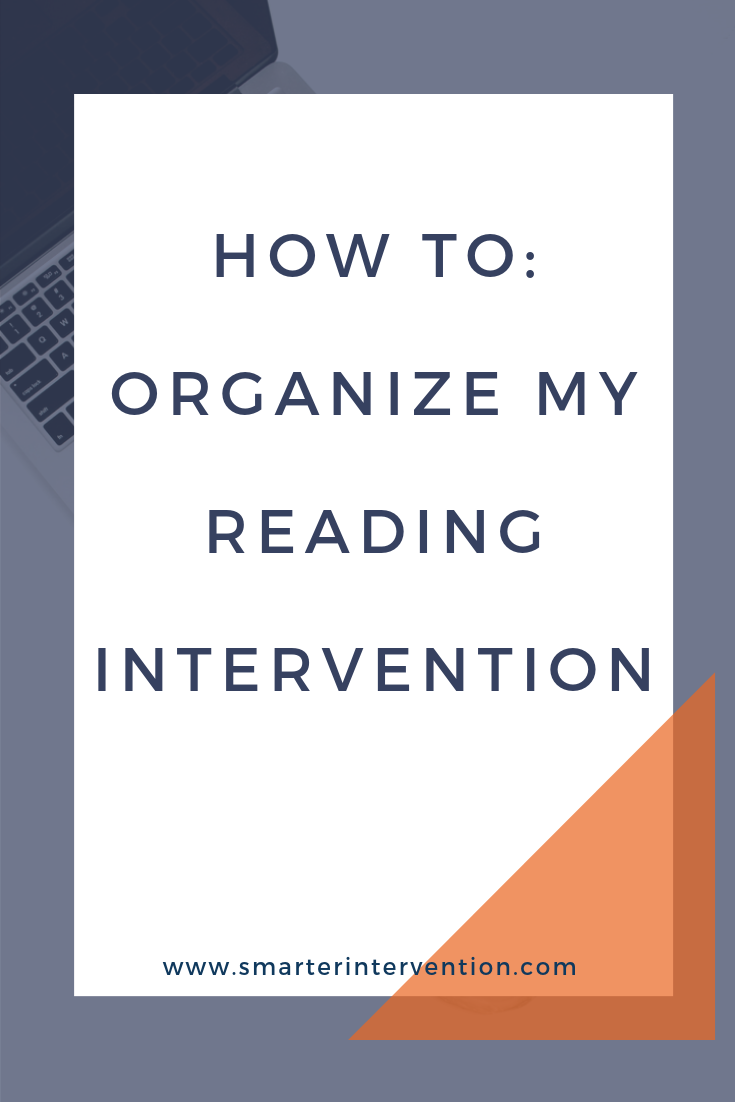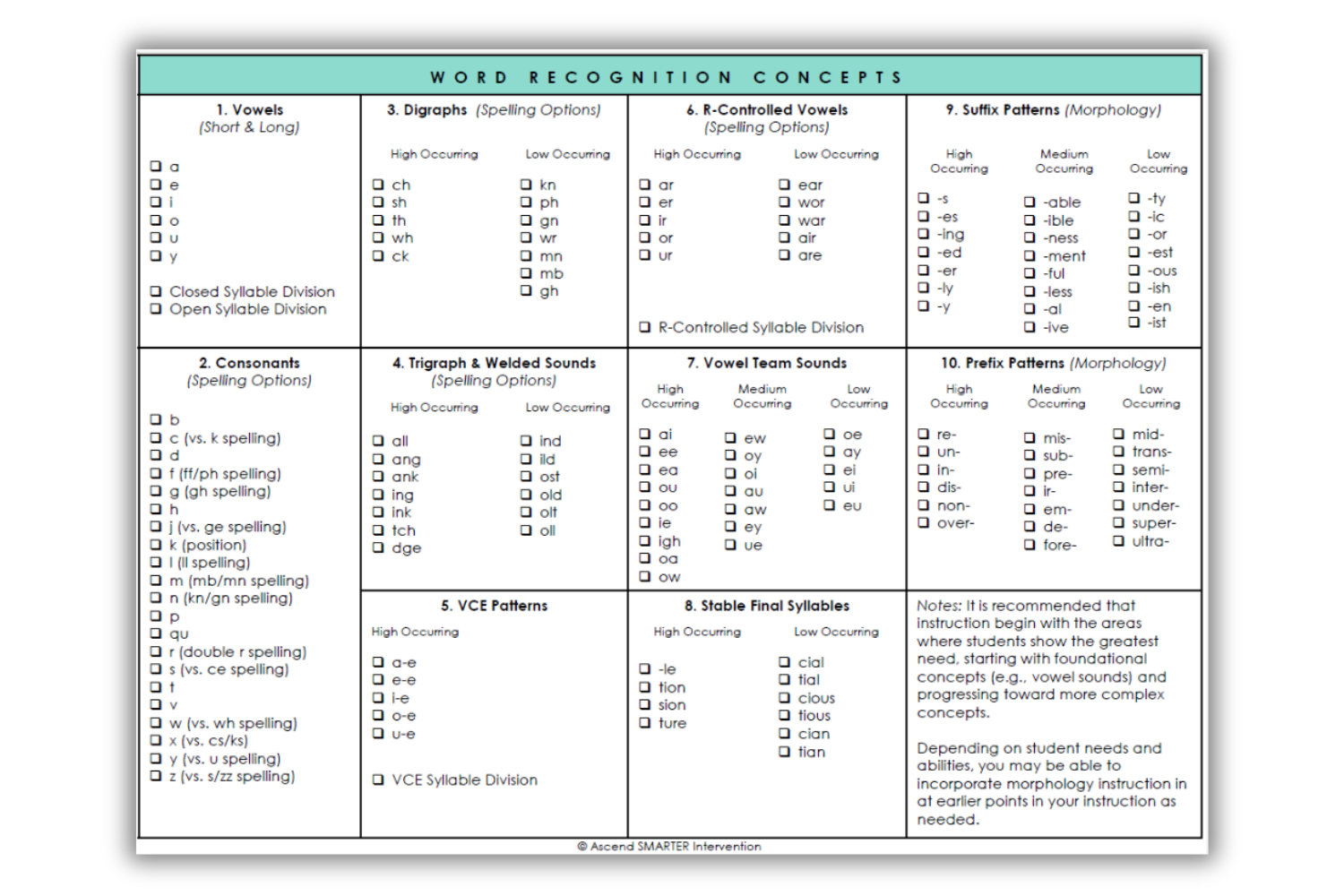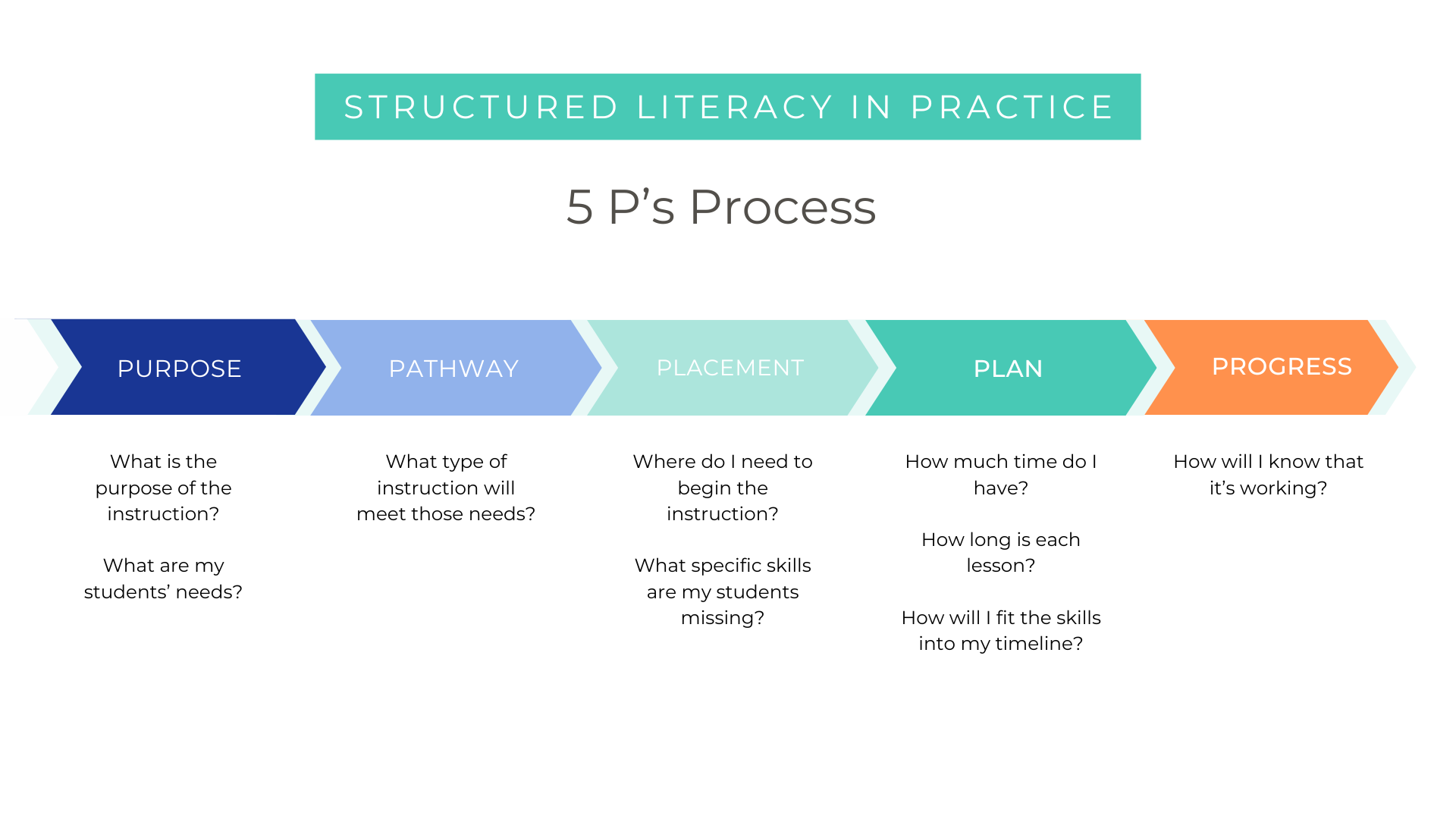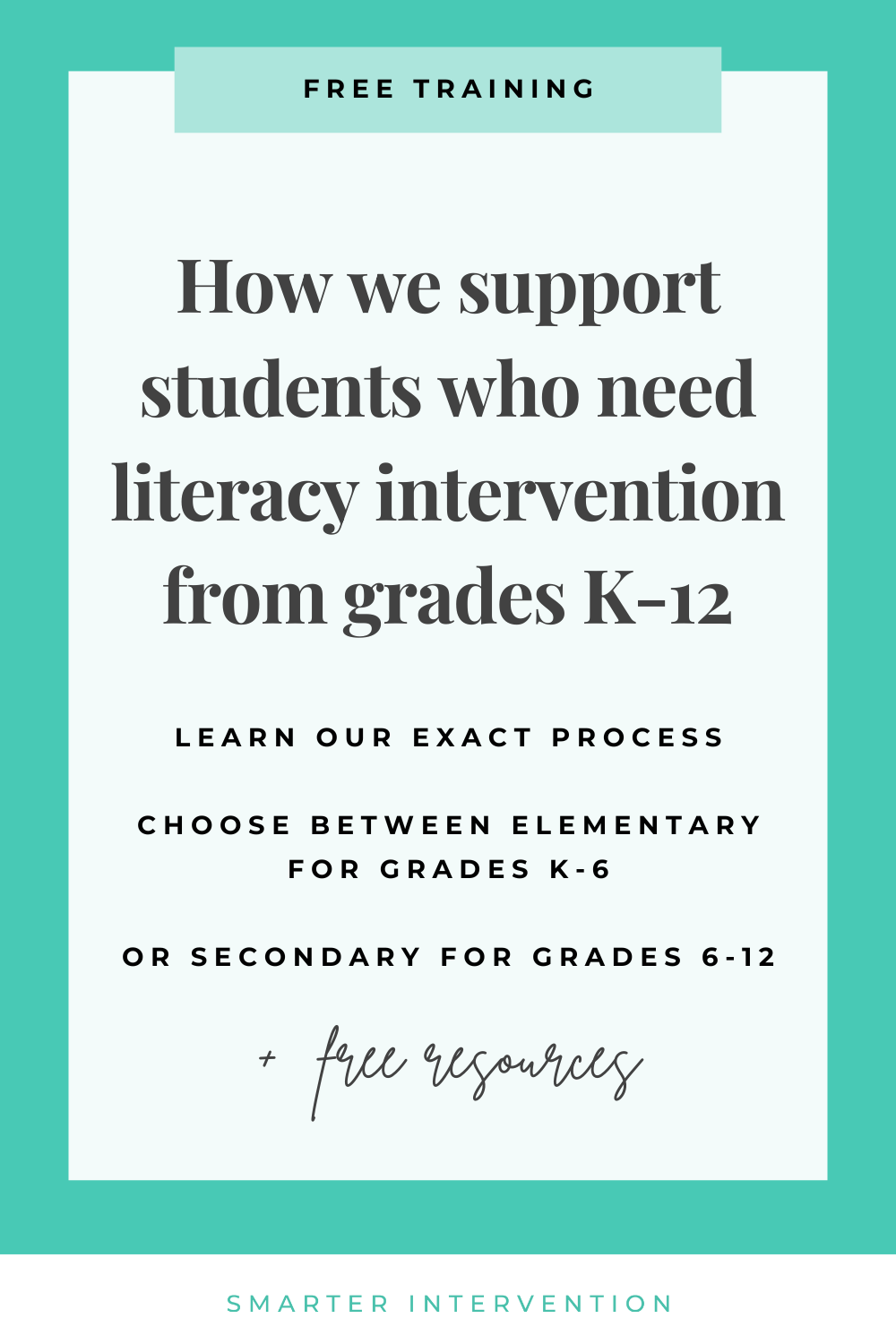How To Organize My Reading Intervention
If you’ve ever sat down to plan your intervention block and thought, “Where do I even start?” you’re not alone.
Reading intervention can feel overwhelming because there are so many moving parts. You have to focus on phonological awareness, phonics, vocabulary, fluency, comprehension, writing, lesson pacing, and progress monitoring. The key is having a simple structure you can return to again and again.
That’s where the 5 Ps Framework comes in. This approach keeps your intervention organized, systematic, and flexible, without feeling overwhelming.
Step 1 - Purpose
At this phase, we’re asking:
Why are my students here? What is the purpose of my instruction?
Short-term intervention to ensure students don’t fall behind?
Intensive intervention to close significant gaps?
Understanding this helps you set intentional goals and keeps you working at the right level of intensity with your students.
Step 2 - Pathway
At this phase, we’re asking:
What do my students need (or which type of lessons/activities) to close the gap?
Once you know the purpose, the next step is choosing the pathway.
Some students may have word recognition needs, and they will benefit most from phonological awareness, phonics, and fluency work.
Some students may have language comprehension needs, and they will need more focus on vocabulary and comprehension.
Some students may have both word recognition and language comprehension needs, and they will need support in both areas.
All students benefit from reciprocal writing activities that reinforce reading skills.
Your pathway helps set the type of instruction/lessons you’ll use to move students toward their goals.
Step 3 - Placement
Here, we’re asking:
Where should I begin instruction?
Placement is about meeting students exactly where they are. For word recognition, this might mean pinpointing specific phonics patterns or syllable types that need direct instruction. For comprehension, it could mean identifying the level of text a student can handle independently and which comprehension skills they need to build.
Good placement prevents frustration. It ensures you aren’t asking students to tackle material they haven’t been prepared for yet.
You can grab our word recognition & language comprehension concepts inside our free Delivering Effective Literacy Intervention Trainings. Check them out here!
Step 4 - Plan
Now, we’re asking:
How will I structure my lessons?
Once you know the purpose, pathway, and placement, it’s time to plan. This is where structure matters. A predictable flow helps students feel confident while ensuring all critical skills are covered.
A typical intervention lesson might include:
Review & Warm-Up – Phonological awareness and sound drills
Decoding – Teaching a new pattern and practicing at the word level
Application – Connected text, vocabulary, and comprehension activities
Encoding – Spelling, dictation, and writing practice
Planning also means thinking about your time frame. Are you working with students for 6 weeks? A semester? A year? The length of time determines how quickly you’ll move through concepts and how much practice you’ll build in.
Step 5 - Progress
Finally, we’re asking:
How will I monitor growth?
Finally, progress monitoring ties everything together. Taking quick notes during lessons helps you see what’s sticking, what needs reteaching, and when it’s time to move on.
Progress doesn’t mean rushing through lessons. It means ensuring students are steadily building skills and that nothing important is slipping through the cracks.
Why the 5 Ps Work
The 5 Ps, Purpose, Pathway, Placement, Plan, Progress, give you a framework that’s structured and flexible at the same time.
Structured, because you can always come back to these specific questions.
Flexible, because you can adapt the pace and content based on what your students need.
With this framework, organizing intervention stops being overwhelming and starts becoming a process that you can manage one step at a time.
Want to See the 5 Ps in Action?
We walk through this framework step by step in our free Spotlight PDs:
If you work in the elementary setting - Check out our training, Delivering Effective Elementary Literacy Intervention: The 5-Step Framework for Grades K-6 to learn more and get free resources you can use to support your instruction!
If you work in the secondary setting - Check out Delivering Effective Secondary Literacy Intervention: The 5-Step Framework for Grades 6–12 to learn more and get free resources you can use to support your instruction this year!
These trainings will provide the step-by-step process along with a number of helpful resources you can use to organize your reading intervention process!




